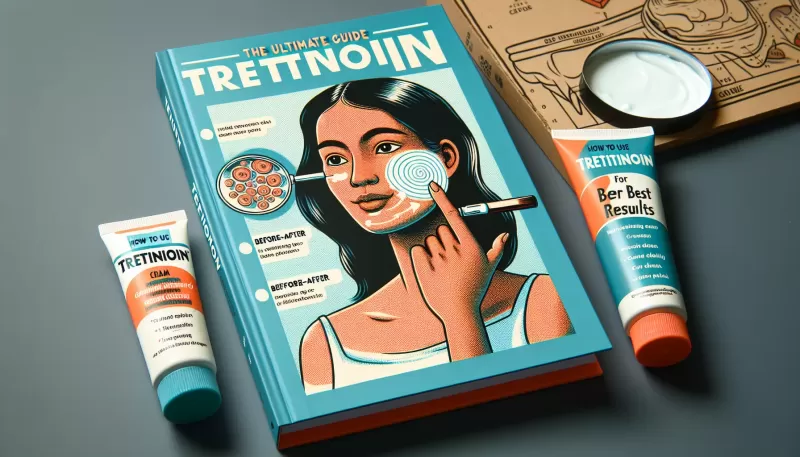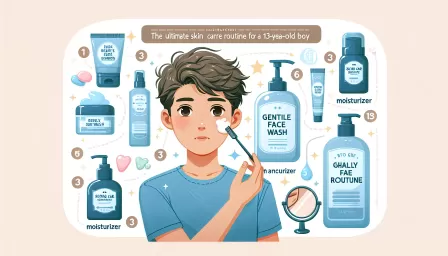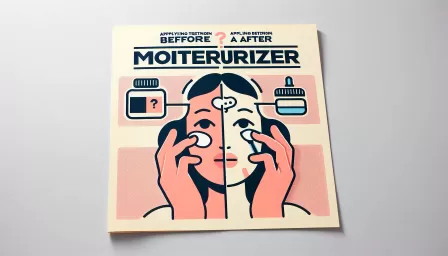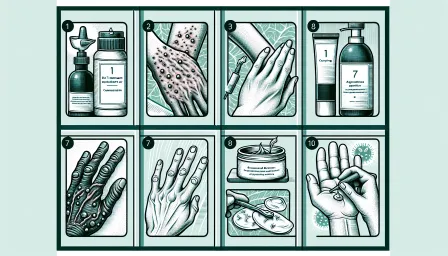The Ultimate Guide: How to Use Tretinoin for Best Results

Discover how to effectively use tretinoin for skin rejuvenation, treating acne, and reducing signs of aging. This comprehensive guide covers everything from starting doses to tips for minimizing side effects.
Tretinoin, a potent derivative of Vitamin A, has long been revered in the dermatological community for its effectiveness in treating acne, reducing signs of aging, and improving skin texture. However, the journey to reaping its benefits is not without its challenges, including redness, peeling, and initial acne flare-ups. This guide, rooted in scientific evidence and dermatological expertise, aims to demystify how to use tretinoin and navigate its side effects for optimal outcomes.
Understanding Tretinoin and Its Benefits
Tretinoin, also known as retinoic acid, is a powerful retinoid that promotes skin cell turnover and collagen production, essential processes in maintaining skin health and youthfulness. Its benefits extend to:
- Preventing and treating acne by unclogging pores and reducing inflammation.
- Diminishing fine lines, wrinkles, and sun damage by boosting collagen production.
- Enhancing skin texture and tone for a smoother, more even complexion.
Starting with Tretinoin: Dosage and Application Tips
Starting tretinoin requires a careful approach to minimize irritation and adjust to its potent effects.
Choosing the Right Concentration
Concentrations typically range from 0.025% to 0.1%. Beginners should start with the lowest concentration to assess tolerance and gradually increase as needed.
Application Method
Apply tretinoin to clean, dry skin. Using a pea-sized amount, dot it on your forehead, cheeks, and chin, spreading it evenly over the face, avoiding sensitive areas such as the eyes and mouth. Initially, apply every other night or twice a week to reduce irritation.
Managing Side Effects and Irritation
Common side effects include dryness, redness, peeling, and an initial acne flare-up. These are typically temporary and can be managed with:
- Mild, non-drying cleansers and moisturizers.
- Hydrating and soothing serums containing hyaluronic acid or niacinamide.
- Application of a high SPF sunscreen daily to protect sensitive skin from sun damage.
Adjusting the frequency of tretinoin application based on skin tolerance is key. Reducing usage to once every two or three days can mitigate side effects.
Enhancing Tretinoin Results
To maximize the benefits of tretinoin, incorporate it into a comprehensive skincare routine:
- Consistent use: Results appear gradually over several months. Patience and consistency are crucial.
- Sun protection: Daily application of sunscreen prevents the breakdown of collagen and protects against UV damage, enhancing tretinoin's anti-aging effects.
- Hydration: A strong moisture barrier helps reduce irritation and supports skin health.
When to Expect Results
Initial effects, such as improved texture and reduction in acne, can be noticed in as early as four to six weeks. More significant improvements in wrinkles and pigmentation may take three to six months or longer. Consistency and proper care will yield the most rewarding outcomes.
Final Considerations and Precautions
Tretinoin is not suitable for everyone. Pregnant or nursing women should avoid it due to potential risks to the fetus or infant. Always consult with a dermatologist before starting tretinoin, particularly if you have pre-existing skin conditions or sensitivities.
Summary
Tretinoin is a powerful tool in skincare, capable of transforming skin by treating acne, reducing signs of aging, and improving overall texture. Starting with a low concentration, employing a cautious application method, and managing side effects with supportive skincare are key strategies for harnessing tretinoin's benefits. While patience is necessary to see results, the long-term rewards of clearer, healthier skin are well worth the effort.



























